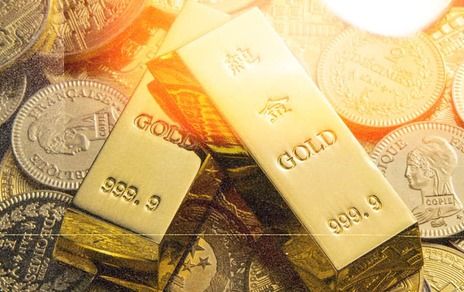So far this year, gold has surged by about 22%, surpassing $2,500 an ounce, driven by geopolitical uncertainty and expectations of a potential Federal Reserve interest rate cut.
In comparison, the S&P 500 has risen by around 18.5% during the same period. Over the past year, the difference is even more noticeable, with the S&P 500 gaining nearly 31% and gold close to 27%.
The critical question is whether gold will lose ground to riskier assets once monetary policy changes or if demand will continue to rise due to a weakening dollar or other factors.
It's too early to say whether gold will outperform stocks. It also depends on the companies and sectors we're examining. That's why it's better to focus specifically on gold's outlook.
Despite the ongoing geopolitical tensions that don't seem to be easing, there are several reasons to believe that gold still has room to grow, potentially reaching $2700 this year.
One key factor is the dilution of money. Global debt is set to surpass 340% of the world’s GDP, and it's clear that these debts probably won’t be fully repaid or resolved anytime soon.
In addition, new trade wars could trigger another round of inflation, boosting gold demand.
We won't have to wait long for this to happen - Canada and the European Union have already started imposing new restrictions on Chinese goods, so China is likely to respond soon.
As a result, the value of real assets will almost certainly rise, with precious metals and possibly commodities rising the most. Cryptocurrencies are unlikely to benefit in the same way.
When it comes to investing in gold, buying physical gold bullion may not be the most practical option, especially since you will have to store it safely, which often requires additional costs.
That's why many people prefer to invest in gold-backed ETFs, such as SPDR Gold Shares, which has been rising for eight straight weeks, or gold mining stocks, such as Barrick Gold.
Right now, analysts at Citigroup Inc. suggest that, with looser monetary policy and a possible increase in volatility due to recession risks, gold could reach $3,000 by mid-2025.
For the latter scenario, macroeconomic data should confirm this and continue to show resilience, at least for the US economy. Therefore, stay tuned for future reports and the economic calendar.

